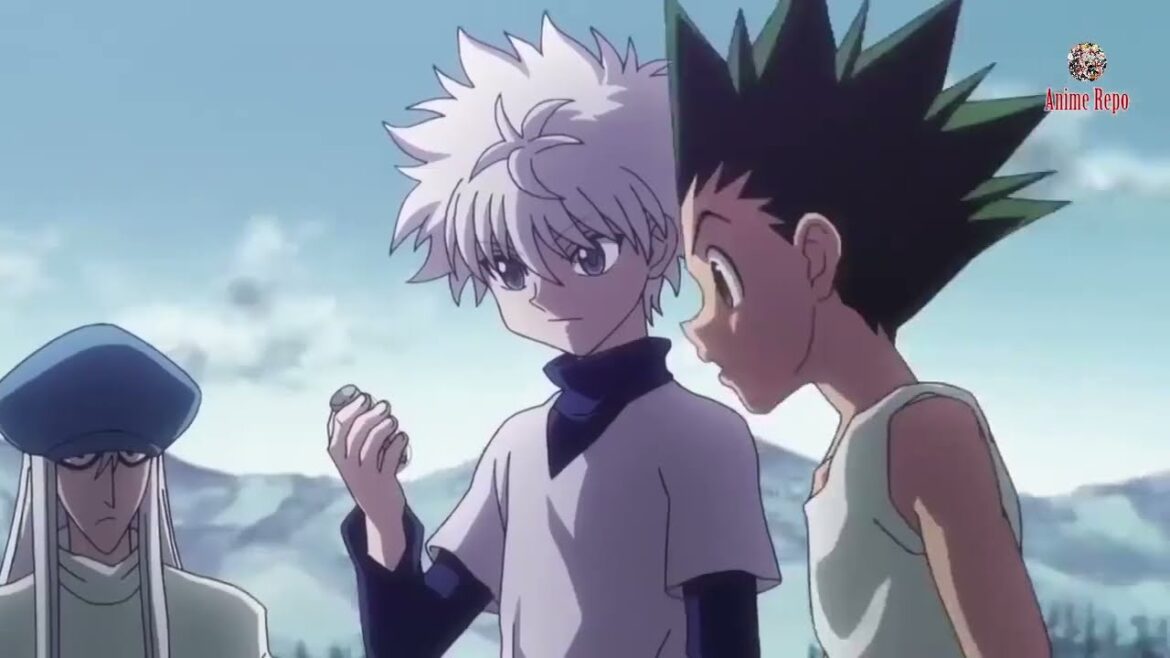unter × Hunter (stylized as HUNTER×HUNTER and pronounced “hunter hunter”[3]) is a Japanese manga series written and illustrated by Yoshihiro Togashi. It has been serialized in Shueisha’s shōnen manga magazine Weekly Shōnen Jump since March 1998, although the manga has frequently gone on extended hiatuses since 2006. Its chapters have been collected in 37 tankōbon volumes as of November 2022. The story focuses on a young boy named Gon Freecss who discovers that his father, who left him at a young age, is actually a world-renowned Hunter, a licensed professional who specializes in fantastical pursuits such as locating rare or unidentified animal species, treasure hunting, surveying unexplored enclaves, or hunting down lawless individuals. Gon departs on a journey to become a Hunter and eventually find his father. Along the way, Gon meets various other Hunters and encounters the paranormal.
Hunter × Hunter was adapted into a 62-episode anime television series produced by Nippon Animation and directed by Kazuhiro Furuhashi, which ran on Fuji Television from October 1999 to March 2001. Three separate original video animations (OVAs) totaling 30 episodes were subsequently produced by Nippon Animation and released in Japan from 2002 to 2004. A second anime television series by Madhouse aired on Nippon Television from October 2011 to September 2014, totaling 148 episodes, with two animated theatrical films released in 2013. There are also numerous audio albums, video games, musicals, and other media based on Hunter × Hunter.
1999 series
The first Hunter × Hunter anime series has enjoyed much more modest popularity than its manga source. Newtype listed it as having a Japanese television rating of 10.5 for the fourth quarter of 2000.[165] The show’s viewership was ranked number six among the top ten anime television series in Japan for February 2001.[166] The series was voted as the 16th best anime of 2000 in the Anime Grand Prix, but rose to fourth place the following year.[167][168] In 2001, the staff of the magazine listed Hunter × Hunter as the 94th most important anime of all time.[169] In a 2006 web poll conducted in Japan by the network TV Asahi, the Hunter × Hunter television series was voted 28th best anime of all time.[170] In 2010, Mania.com’s Briana Lawrence listed Hunter × Hunter at number nine of the website’s “10 Anime Series That Need a Reboot”.[171]
The art and animation of the Hunter × Hunter anime have also been commended by the press. Kimlinger and Tucker were impressed by the art direction of Hunter × Hunter, the former of whom critiquing the adaptation of Togashi’s work by Furuhashi as having “understated energy and flair, making the most of the era’s (1999) mix of traditional and CG animation to bring Gon and friends’ physical feats to fluid, exhilarating life.”[65][172] Martin faulted both the artwork and the subtle differences in character design. “The artistry not only shows its age but, in fact, looks older than it actually is,” the reviewer commented, “hearkening back to a day when digital coloring and CG enhancements were not ubiquitous and allowances for a rougher look were greater.” Opinions of the series’ sound and music have been somewhat mixed. Martin positively noted the soundtrack as the strongest production point of Hunter × Hunter, and was satisfied with both the English translation of the script and Ocean’s voice overs.[12] Tucker found the music satisfactory and improved as the series progressed, but did not think it lived up to its potential.[172] Kimlinger agreeably felt the musical score to be appropriate in most instances, but criticized the English dub as “a letdown since day one”.[13][14]
2011 series
Madhouse’s 2011 adaptation was met with near-universal critical acclaim. Adrian Marcano from Inverse considered Hunter x Hunter 2011 to be one of the greatest anime series ever. He said that the anime set itself apart with one of the greatest story arcs in anime history in which the villain, not the hero, takes the anime to instant classic status. He also said that, “It is in the 2011 version where we see probably one of the best story arcs in anime history: the Chimera Ant Arc.”[173] According to Movie News Guide and Latin Post, the Madhouse’s 2011 version received more viewers not only in Japan but also around the world, particularly in North America.[174][175

